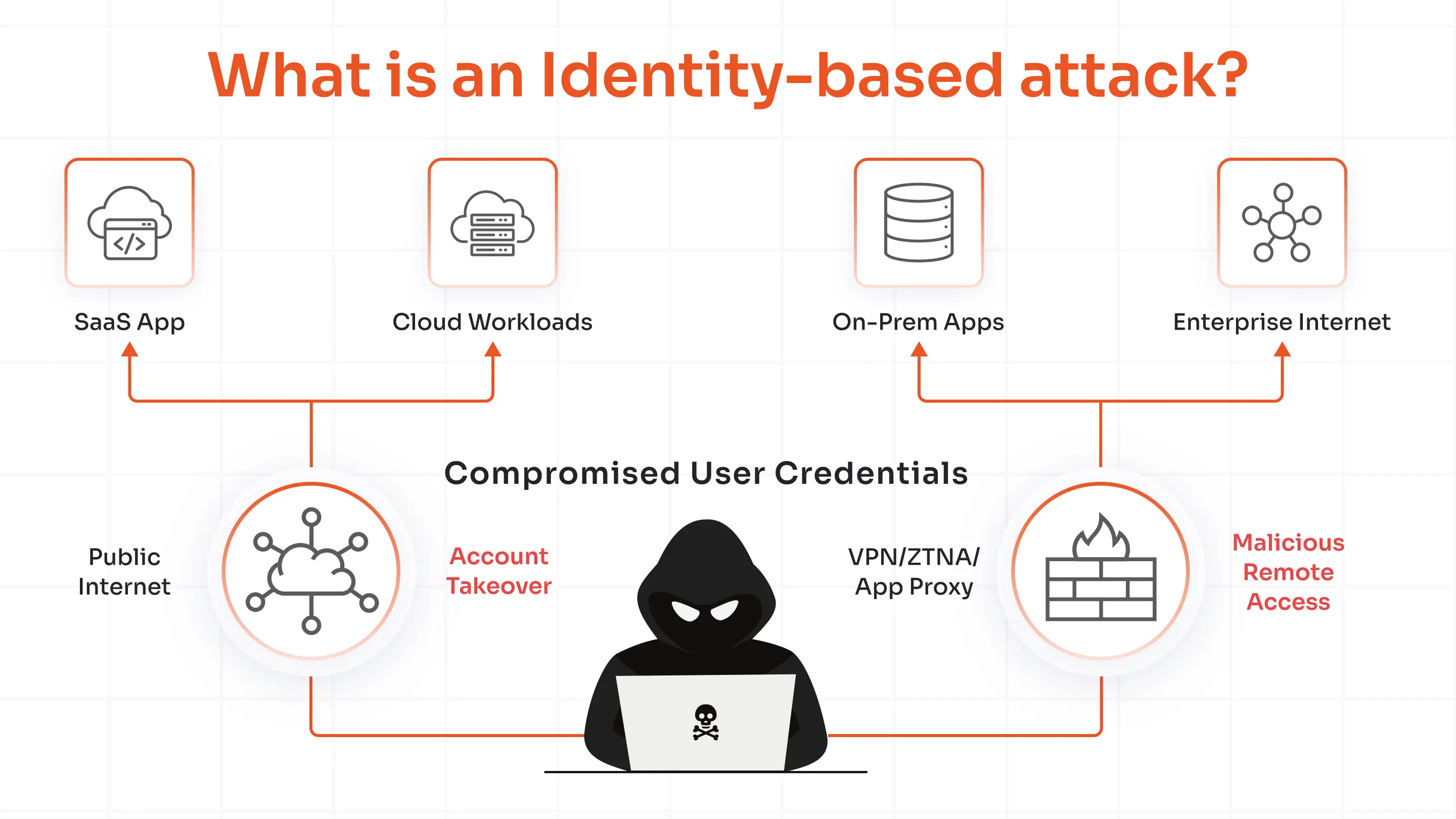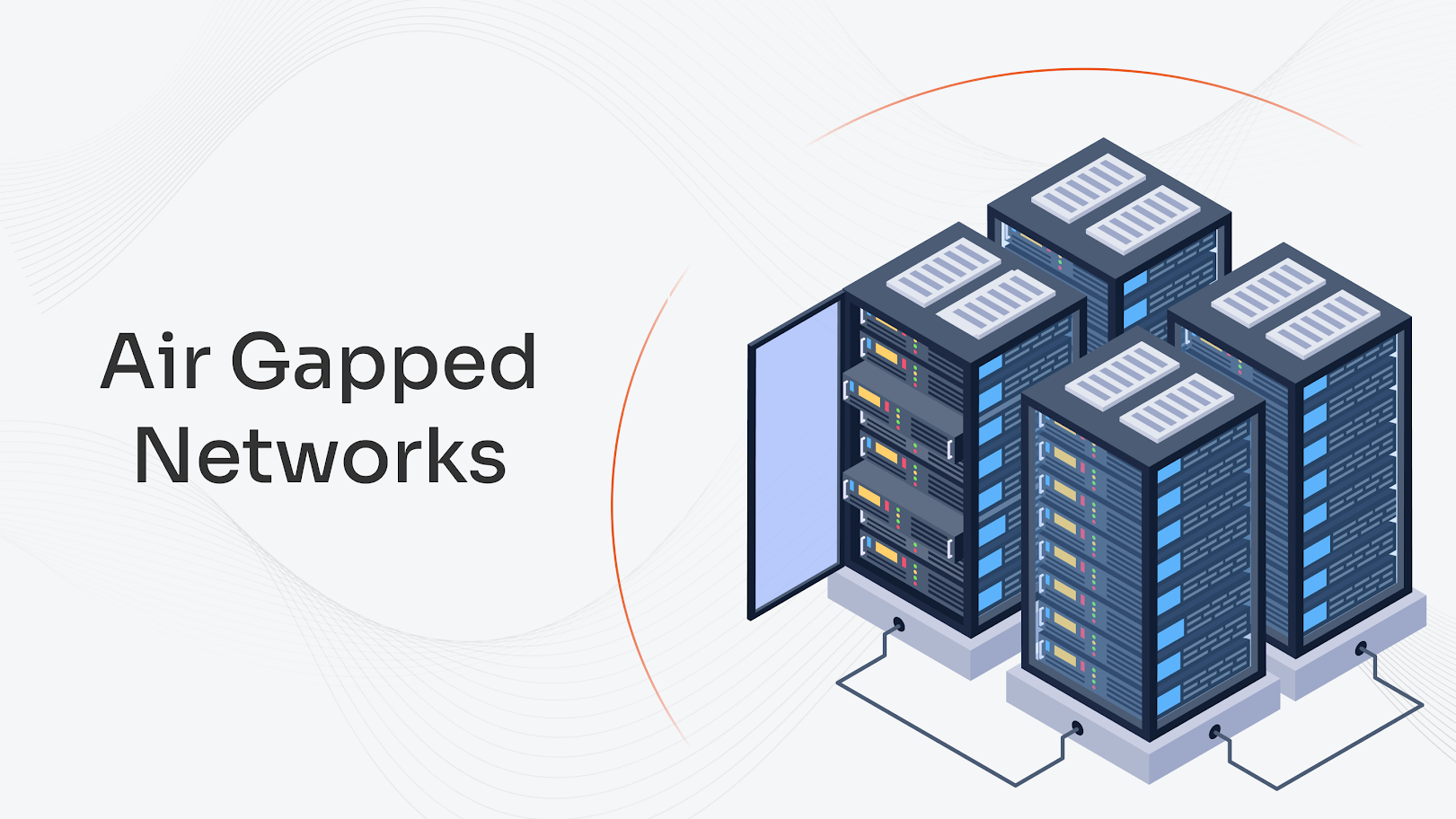With just one click and a single password, you can instantly gain access to everything, from your cloud apps to emails, and from private files to finance tools. There’s no need to reset forgotten passwords or juggle between multiple credentials.
This is proactively offered by the miniOrange Active Directory Single Sign-On (AD SSO) cybersecurity solution.
Businesses are rigorously optimizing themselves to fit into the growing digital transformation. They’ve moved the user authentication process from IT backrooms to the core of their executive strategy, developer invention, and cybersecurity tactics.
If you’re a cybersecurity professional, C-suite leader, or a curious student, understanding AD SSO isn’t just useful; it’s the foundation to comprehending the hurdles of modern identity management.
What is Active Directory?
Active Directory (AD) is a centralized repository to store sensitive data such as users’ information, media, organizations’ confidential files, and more.
AD diligently keeps track of:
- Where are you signed in, like which devices
- Who are you? Includes names, demographics, and addresses.
- What can you access? User permissions and groups.
Active Directory is composed hierarchically, organizing users and devices into domains, Organizational Units (OUs), and groups, allowing fine-grained and centralized control.
For IT staff, AD automates access provisioning, simplifies onboarding, and sets policies. For the rest of the users, it ascertains that you’ve just the right access, from the CEO down to the summer interns.
Take a deep dive into ‘What is AD Authentication’
What is AD SSO?
Before understanding AD SSO, let’s take a brief look at ‘what is Single Sign-On (SSO).’
So, SSO is basically an authentication methodology that lets users gain access to varied systems/networks with just one set of username and password.
Active Directory SSO is Microsoft’s trusted solution, where your AD account acts as a universal passport for applications, for both cloud and on-premises.
Distinction Between AD SSO and General SSO
- AD SSO: Solely uses the AD system, including the user information, policies, and authentication frameworks, all revolving around the Active Directory.
- General SSO: Makes use of any Identity Provider (IdP) such as Google Workspace, Apple, AWS, or Okta, encompassing users’ data for validation.
How Does AD SSO Work?
Let’s see how AD SSO successfully delivers that “one-click” access.
Decoding the AD SSO Process
1. User Authentication
When a user signs into Windows, their credentials are authenticated against Active Directory. Authentication protocols (SAML, Kerberos, or NTLM) verify identity without exposing passwords.
2. Federation
For apps outside the core AD domain (especially cloud apps), federation bridges the gap. AD FS (Active Directory Federation Services) utilizes standards such as SAML 2.0, OpenID Connect, and WS-Federation to communicate between third-party apps and AD.
3. Access Token Generation
Upon successful login, AD/AD FS generates a secure token (e.g., SAML assertion or OAuth token). This token contains the user’s verified identity and permissions.
4. Token Exchange and Validation
The user requests access to an app (e.g., a Learning Management System or LMS like Moodle). The application receives the token, checks its digital signature, and grants access, no extra password needed.
5. Centralized Management
IT admins control which apps a user is allowed to access and which ones are prohibited from usage, amongst the familiar AD interface.
Technical Terms Involved
- OpenID Connect: Also known as OIDC, is an authentication protocol that is built on top of the OAuth 2.0 standard, and it is used for user verification.
- SAML 2.0: Security Assertion Markup Language (SAML), an open standard, used for exchanging authorization and authentication of data between domains for SSO.
- WS-Federation: The Web Services Federation protocol is used for identity brokering.
- AD FS: A service enabling AD users to securely access applications outside the domain.
- Microsoft Entra (Azure AD): This is Microsoft’s cloud-based identity service, extending AD to SaaS applications.
What are the Key Benefits of Active Directory Single Sign-On?
Here’s an overview of how AD SSO is a helpful tool for businesses.
1. Better User Experience and Easy Access
In a fast-paced work environment, every second a user spends trying to remember, reset, or re-enter a password is a second they’re not being productive.
Active Directory Single Sign-On (AD SSO) eliminates non-productivity by allowing users to log in once, using their trusted AD credentials, and easily access all approved apps, whether they’re working on cloud, on-premise, or remotely.
2. Security is Taken to Newer Heights
Inconsistent or outdated password policies can become your business’s Achilles' heel. Active Directory SSO centralizes credential management, so that security policies such as account lockouts, password complexity, and expiry intervals are uniformly distributed across every connected app. This uniformity leaves no loopholes for attackers to slip through.
When a security incident occurs, such as a suspected credential compromise, systems can lock out accounts across the entire organization within seconds, cutting off access to all resources at once.
Additionally, Multi-Factor Authentication (MFA) methods can be integrated into the AD SSO workflow, validating user identity with facets such as OTP, biometrics, or hardware security keys.
The result is a safe system where obtaining unauthorized access becomes much difficult, even for hackers holding a user’s credentials.
3. A Big Drop in the IT Overhead
Password resets are one of the biggest drains on the IT helpdesk resources. AD SSO solution substantially minimizes these resets by cutting down the number of different passwords users need to remember, through self-service password resets that don’t require an expert’s time. This approach saves unnecessary IT overhead costs.
4. Single Dashboard for Management
So, rather than handling multiple tabs or consoles for a range of applications, IT teams can manage user groups, device policies, permissions, and compliance requirements from only one Active Directory dashboard.
This centralized concept brings consistency across policies, whether it’s implementing MFA/two-factor authentication for payment apps, permitting time-bound access to third-party vendors, or restricting high-risk IP addresses.
On top of this, it also sets a clear audit trail for compliance and governance teams, making it far easier to adhere to rules such as ISO 27001, SOC 2, HIPAA, or GDPR.
5. New App Deployed in a Short Time
Creating a new application can be a tedious task, as it involves manual account generation to role mapping. However, with the AD SSO solution, it’s as easy as registering a new app in AD FS or AD. The app is assigned to the right user group, and the system handles the rest.
Once a new app is created, every authorized user has instant, password-free access the next time they login. No password resets, no mass user onboarding, and no additional training.
For the IT department, this lessens the time-to-deployment from months and weeks to just hours. For the business, it means faster inventions because new tools can go live without creating friction for either users or admins.
6. Compliance and Audit-Readiness
Audit logs highlight events such as password changes, user logins, group membership modifications, account lockouts, and permission changes, offering a comprehensive list of who did what, when, and how within the directory and the connected systems.
Adits are compatible with regulatory requirements such as GDPR, HIPAA, SOX, and PCI-DSS, and other government compliances such as FISMA and CJIS.
With in-depth log information, businesses display accountability and provide evidence during audits that security policies are enforced and sensitive data access is tightly safeguarded.
Active Directory vs. ADFS vs. Microsoft Entra ID (Azure AD): Key Differences
| Features | Active Directory | AD FS | Microsoft Entra ID (Azure AD) |
|---|---|---|---|
| Role | Deals with the core identity store | Mostly for the federation gateway | Critical for the cloud identity broker |
| Location | On-premise | On-premise | Cloud-based |
| Primary Protocols | LDAP and Kerberos | WS-Federation and SAML | OAuth 2.0, SAML, and OIDC |
| Use Cases | Local network user authentication | Cloud/third-party app SSO | Mobile devices and SaaS app SSO |
Active Directory Federation Services (AD FS) is often used in conjunction with AD SSO to extend authentication to cloud-based applications that are not part of the local Active Directory domain.
Third-party SSO providers (like miniOrange) integrate with AD to offer features such as:
- Better protocol support
- Single sign-on for cross-platforms
- Personalized user experience
- Up-to-date reporting and analytical tools
What are the Security Risks of AD SSO?
While AD SSO simplifies access and decreases risks associated with password reuse, but a few concerns that you should be aware of:
Security Risks of AD SSO
Single Point of Failure
If AD is compromised, attackers gain access to everything. So, backups, regular monitoring, and privileged permissions are essential.
Token Theft
Compromised tokens could be reused for other services and also leave current sessions vulnerable to attackers, so token validation and expiration are critical.
Unauthorized Access via Federation
Misconfigured federation allows unwanted access to third-party applications.
Credential Phishing
Cybercriminals can target AD credentials with advanced phishing methods such as whaling, spear phishing, vishing, and more.
Legacy Applications
Older apps may not support modern SSO protocols, creating security loopholes.
How miniOrange Simplifies AD SSO?
miniOrange, a pioneer in Identity and Access Management (IAM) solutions, provides integration with Active Directory, letting SSO work for both modern and legacy applications.
It also nourishes AD SSO via the latest reporting tools, cross-database integrations, and plugins for apps such as Salesforce, Slack, Dropbox, and more. All of this helps to amplify the experience without compromising on security.
Get in touch with us for a free trial.
Conclusion
Active Directory SSO is more than just a security tool; it upholds the modern, scalable, secure digital workplaces for businesses.
For executives and IT teams, it harmonizes user experience with essential security standards. For developers, it offers a base to create safe authentication processes.
Investing in AD SSO and smart cybersecurity platforms like miniOrange means you’re ahead in the race for protection and productivity.
If you haven’t reviewed your organization’s AD SSO strategy lately, now’s the time. Get in touch with us today!
FAQs
Can I integrate Active Directory with any database or SSO solution?
Yes, AD SSO supports federation standards such as SAML and OIDC, making it compatible with third-party and enterprise SSO providers.
What is Active Directory Desktop/Windows Single Sign-On?
This refers to users automatically authenticating against AD when they log in to Windows, gaining access to all integrated resources without additional logins.
What is the role of AD FS in SSO?
AD FS extends AD authentication beyond local apps, acting as a secure gateway for cloud and web apps that require SSO.
How can I secure AD SSO against advanced threats?
Make use of MFA product solutions, update federation/delegation configurations regularly, use auditing and logging, and prioritize cybersecurity training.




Leave a Comment